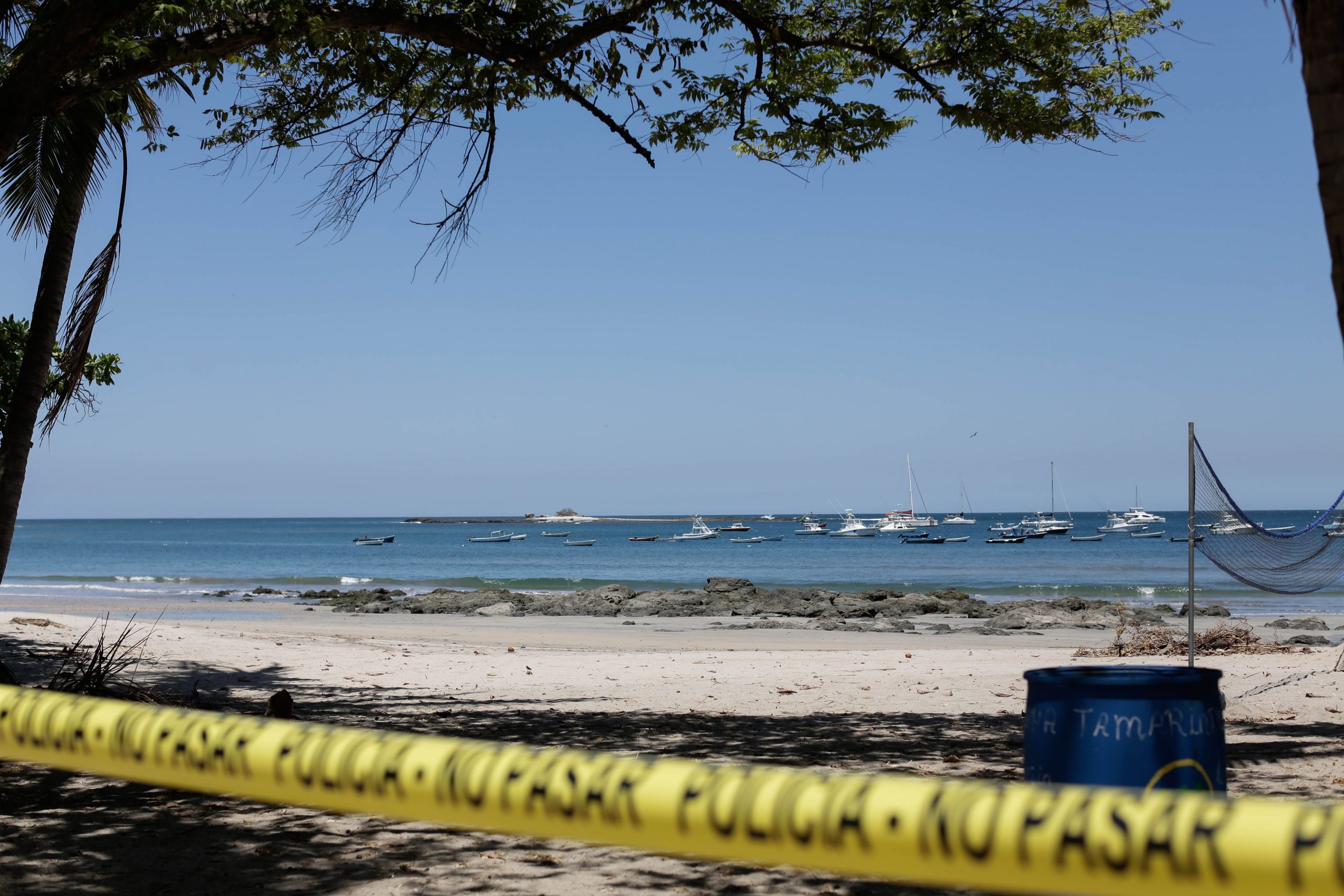
In the last month, the canton of Santa Cruz reported a 72% increase in the number of active cases of COVID-19 compared to last month, after the influx of tourists on the beaches during Easter and Holy Week. This was confirmed by the director of the Santa Cruz Health Area, Luis Alonso Matarrita, who spoke with The Voice of Guanacaste about the virus’ behavior in this part of the province.
Matarrita affirmed that the increase in cases in the area is already affecting medical care capacity in the Santa Cruz health area. He is also slowing down the vaccination process because several patients can’t get the dose due to health measures.
As of April 22, the folkloric canton had 298 active cases, the majority concentrated in the coastal district of Tamarindo (90) and in downtown Santa Cruz (72). That’s the highest figure that Santa Cruz has reported since February 16, 2021, more than two months ago.
The Ministry of Health also announced that the canton of Santa Cruz has registered the highest increase in new cases in the entire country during the last two weeks. That’s why the National Commission for Risk Prevention and Emergency Care (CNE) imposed an orange alert as of April 20, but these alerts don’t currently imply particular restrictions for cantons in that condition.
Other cantons in Guanacaste like Nicoya and Carrillo have similar increases.
Cases in Nicoya increased by 56%, with the central district (106) and Nosara (42) being the most affected, according to official data from the Ministry of Health. Carrillo is experiencing a 67% increase, where Sardinal (56) is the district reporting the most cases.
These same figures show that for the three cities, the “peak” of daily infections began one week after April 1 (Holy Thursday), when each canton began to report more than ten new cases per day. According to the Central American Population Center of the University of Costa Rica (CCP-UCR), about 6 days tend to elapse between the time of infection and the lab report confirming it.
Dr. Matarrita said that the percentage of positive results in the canton of Santa Cruz went from 10% to 50% in two weeks. This means that out of every 10 COVID-19 diagnostic tests performed, the Health Area is detecting five positive cases.
The specialist explained that the new wave of cases in the canton of Santa Cruz is associated with tourists going places in Santa Cruz in recent weeks. The Health Area detected that those with symptoms were in contact with tourists from other countries or from the Greater Metropolitan Area (GMA).
Most of the cases in the central district live in town but work in Tamarindo or have family members who work there, Matarrita said.
The virus is in constant movement because Santa Cruz is a canton full of tourism, a canton where its people work in tourism and are in contact with external agents,” emphasized the doctor.
Currently, the city of folklore ranks second among the cantons with the most COVID-19 cases in all of Guanacaste, after Liberia. Matarrita said that this is due to the number of beaches that attract tourists. According to the Municipality of Santa Cruz, the canton has 94.5 kilometers (58.7 miles) of coastline.
Santa Cruz is the canton with the most kilometers of beach in Guanacaste. During these weeks, we’ve noticed an increase in [people] visiting the beaches and an increase in the events held there. It’s logical that with so many visits, cases increase in this way,” he said.
On April 16, Costa Rica reported a reproduction rate of 1.22. This means that for every 5 positive cases, 6 more people get infected. If the rate doesn’t go down, the CCP estimates that by May 1, the Ministry of Health will report 3,000 cases a day.
Saturation of COVID-19 Units in the Canton
On April 20, the Costa Rican Social Security Fund (CCSS) announced that they were reporting an accelerated increase in the level of occupancy of beds available in public hospitals to handle the health crisis.
Santa Cruz doesn’t have any public hospital within its territory. However, Dr. Matarrita stated that the teams in charge of doing COVID tests “are no longer sufficient.”
For three months, the Ebais clinic had been able to reduce the level of positive cases in the canton since they started directly following up with possible contacts of positive patients. Before April, an average of 20 people per day came to be seen due to suspected respiratory illnesses. This week, about 60 came per day.
With this new wave, follow-ups with contacts were less effective since the people of Santa Cruz didn’t get infected from each other. Instead, the virus came from outside. Since tourists visiting the beaches have been decreasing, this health area hopes that the method will start having better results again.
For now, the increase in suspected cases is making it difficult for the medical team to provide personalized follow-ups to each patient’s direct contact lists. Even so, they continue to implement this method since it has been fruitful in the past.
The doctor added that the increase in cases is affecting the vaccination process itself.
We’ve called patients who can’t leave their houses because they are positive cases due to nexus and they have to comply with the health order, as well as patients who were just going to get the vaccine and got infected,” he said.
In light of the increase in cases, Matarrita’s recommendation is to continue following the Ministry of Health’s protocols in addition to avoiding going to crowded events and not breaking social bubbles as much as possible
“If we continue like this, I don’t see a positive scenario for Santa Cruz,” he emphasized.




Comments